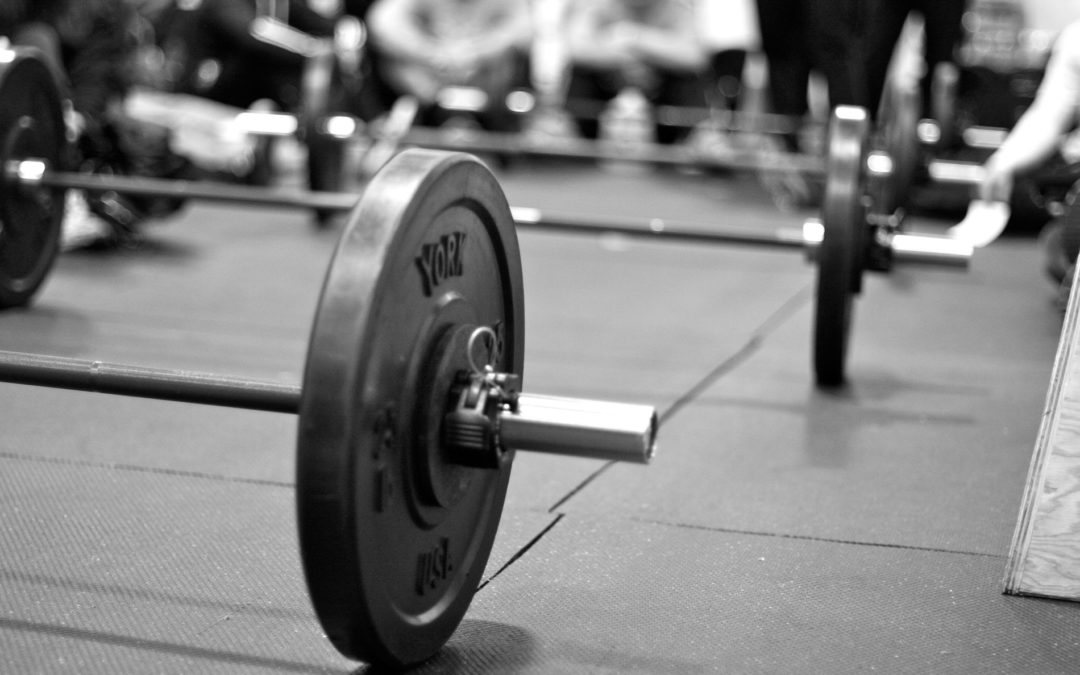It’s important to lift with your legs and not your back. Yes, yes, and yes. We have heard this message ten thousand times and it is the cardinal rule in movement. But it is so easy to reach down like an ape and pick up a heavy object with our arms and back.
After all, our paleo predecessors had enough manual dexterity to hoist their entire body up a tree with their spindly arms. Why can’t we modern day Homo sapiens do the same?
The short answer? We’ve evolved. Evolution imprinted our DNA with strengths from the past and facilitated many adaptations for our future. Our brain has developed to assist us with thought and risk assessment. Therefore, we need to be cognizant while lifting.
Think before making action. And structurally? We are taller and less robust then our ancestors. Our bones used to be as dense as the Stone Age. Our present structure has a higher center of gravity. Being upright has its advantages and disadvantages.
Bipedalism, the ability to stand upright, is a result of a well-developed psoas and increased curvature of the spine. The spine is a flexing spring mobilized by the lower body, glutes, and legs. The pelvis is the hinge connecting the two.
Our erector spinae muscle group is strong enough to support our eighty-plus pound torso and approximately twenty-pound cranium when we stand upright. In the case of bending forward and extending back upright, however, the integrity of the spine is compromised.
What Happens When We Lift From the Low Back?
There are many sensations felt if the knees are not bent and the strong power of the legs is not used while lifting. In one of the more common injuries, you may feel a strain from the psoas muscle pulling on the lumbar spine. This can occur if there is a lack of “reciprocal inhibition.”
Reciprocal Inhibition is when one set of muscles (agonist) engages and the opposing set (antagonist) disengages to facilitate movement of a joint. In the case of lifting, when the glutes and erector spinae are flexed, the body releases the psoas and hip flexors to enable the torso to extend upright.
If you lean forward, with legs straight/extended, and add the weight of picking up an object, your hamstrings stretch and your lumbar extensors act as the primary lifters. Legs are like hydraulic lifts or jacks that have supreme pressing power to lower and lift the trunk of the body. The glutes stabilize movement between the legs and trunk.
If reciprocal inhibition is not present between these two muscle groups, the psoas and hip flexors will continue to stay engaged pulling the top of the pelvis down against the action of the back. The low back becomes the hinge as the torso and legs are both facing down. It’s a deadlift with a rounding low back. What may occur then is a low back strain due to overstretched QL (quadratus lumborum) and longissimus (at lumbar). This area is being pulled in two different directions when disengaged.
How Do You Lift an Object Properly?
Ensure reciprocal inhibition of the psoas by bending your knees and flexing your glutes and erector spinae muscle group when lifting. The result will be released psoas and hip flexors, so you decrease risk of low back strain or disturbing the intervertebral discs.
Your back will generally increase in strength and the glutes will become well conditioned for future bending. Secure your torso by flexing the abdominal muscles and press off of the legs during an inhale. An inhale naturally forces the body into opening and extending out. If you exhale during a squat, it decreases oxygen force and lessens the intake needed to pump into the large muscles for power.
And try this right now. Don’t take my word for it. Notice the difference. It can make a marked difference in your lifting approach.
- Source: https://breakingmuscle.com/learn/why-you-lift-with-your-legs-not-your-back

